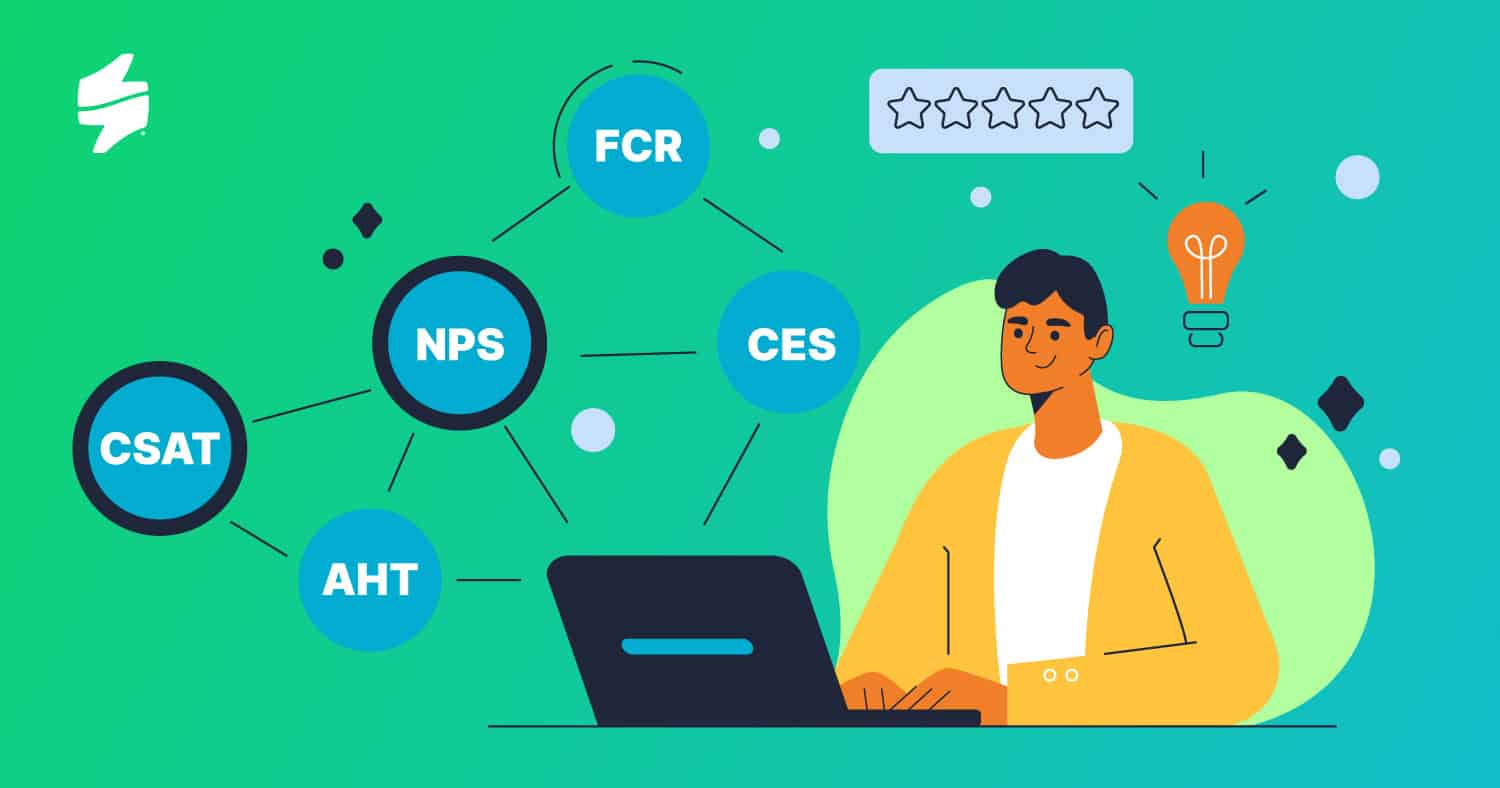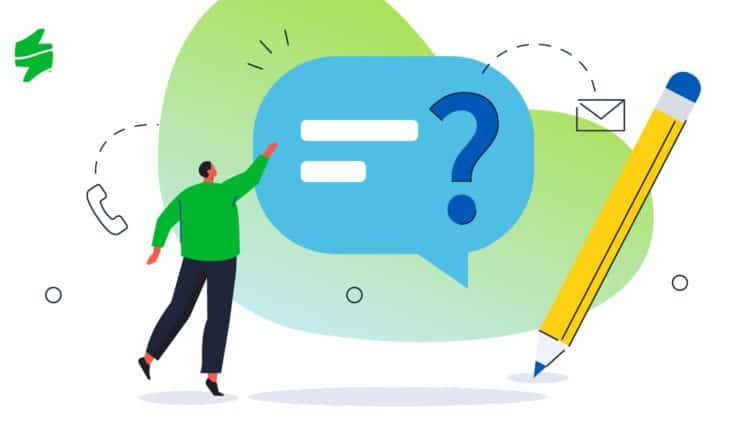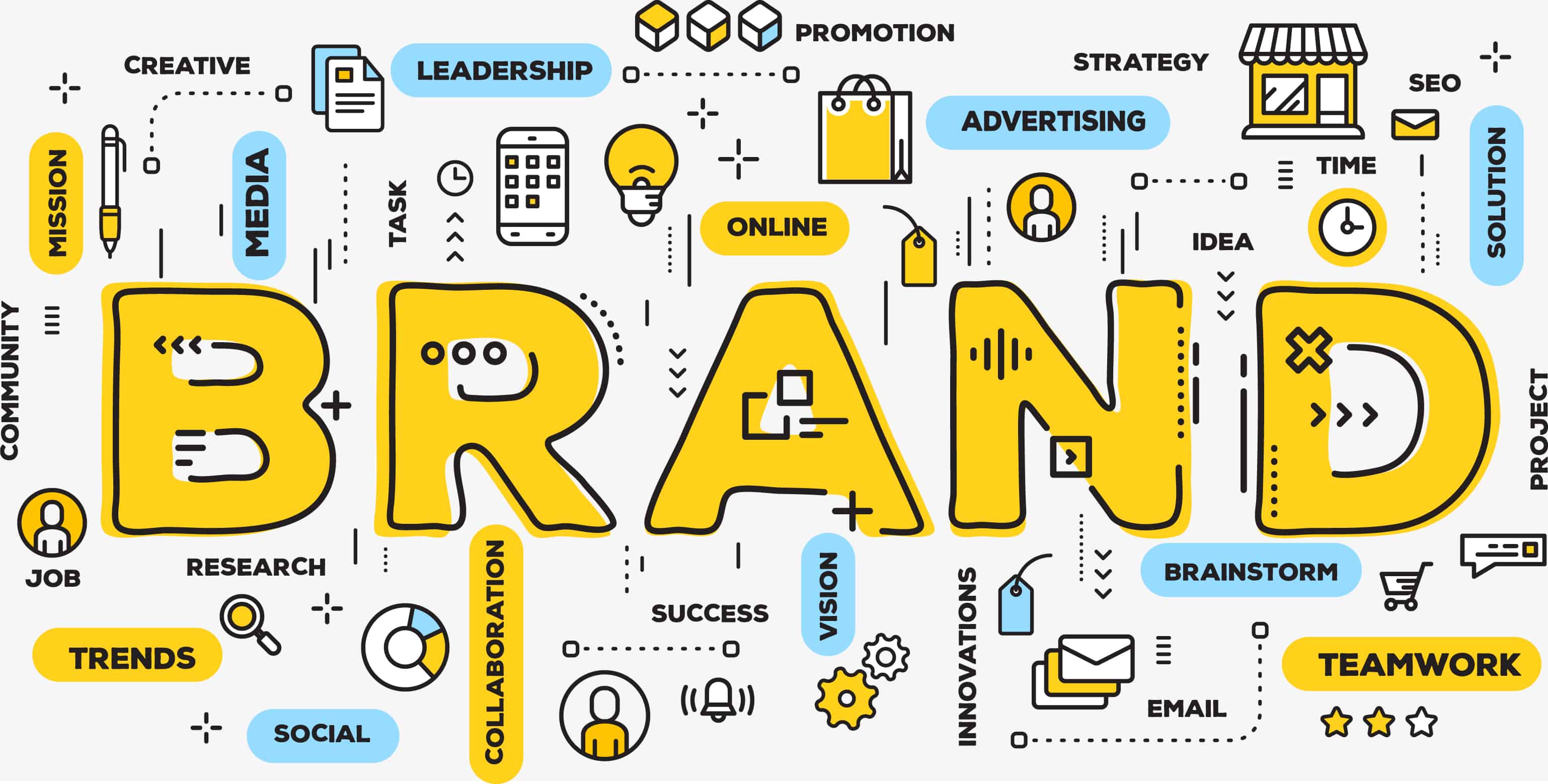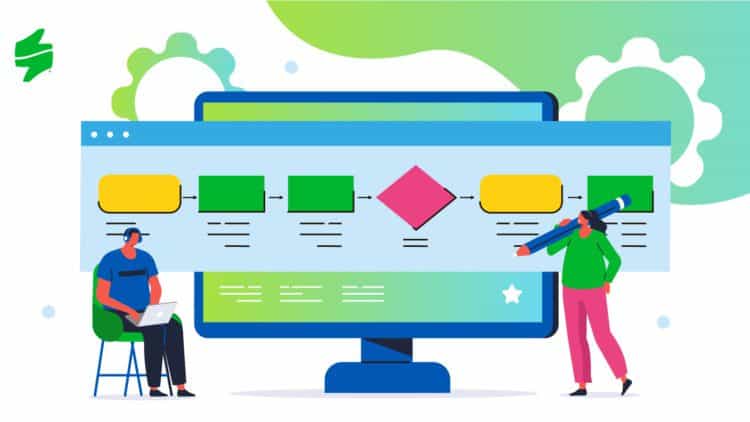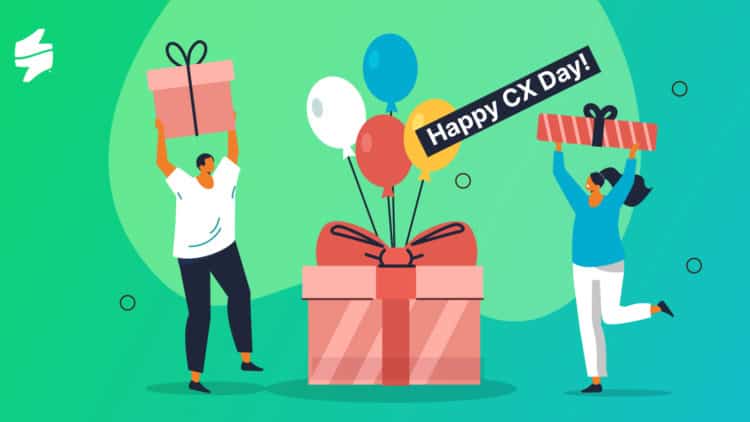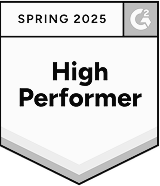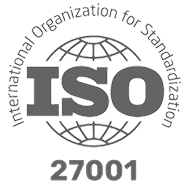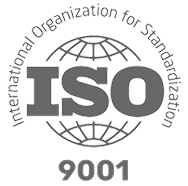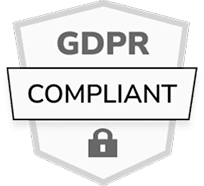In today’s highly competitive business landscape, understanding and enhancing customer experience is more crucial than ever. But what does CX stand for in business, and how can you measure it effectively to drive growth and customer satisfaction?
This comprehensive guide will delve into the world of customer experience metrics and explain how to measure customer experience, offering you the knowledge to select the right CX measurement tools and customer surveys for your specific business case.

What Are Customer Experience Metrics?
Before diving into the selection process, it’s essential to understand customer experience metrics. Simply put, these metrics are indicators that businesses use to measure how customers perceive their interactions with a brand. Measuring customer experience is pivotal for identifying areas for improvement, enhancing customer satisfaction, and ultimately building customer loyalty.
The Foundation of CX Measurement: Key Metrics Explained
How to measure customer experience KPIs? Several customer experience metrics stand out as fundamental to any CX measurement strategy:
1. Customer Satisfaction Score (CSAT)
Customer satisfaction score is a straightforward measure of how happy customers are with what you’re offering. To measure the CSAT score, you typically ask customers to rate their satisfaction with your product, service, or a specific interaction on a scale. This scale can range from 1 to 5 (or even 1 to 7), where 1 might represent “very unsatisfied” and 5 represents “very satisfied”.
The question can be as simple as, “How satisfied were you with your experience?” To calculate the CSAT score, you take the number of satisfied customers (those who rated 4 and 5) and divide it by the total number of responses, then multiply by 100 to get a percentage. The formula looks like this: (Number of satisfied customers (4 and 5) / Total number of responses) * 100 = CSAT%. This gives you a direct percentage of customers who are happy with your service or product.
2. Net Promoter Score (NPS)
NPS measures customer loyalty and is obtained by asking customers how likely they are to recommend your business to others. NPS vs CSAT is a common comparison, with NPS focusing more on long-term loyalty rather than immediate satisfaction.
NPS is calculated based on responses to a single question: “On a scale of 0 to 10, how likely are you to recommend our company/product/service to a friend or colleague?” Based on their ratings, customers are categorised as Promoters (9-10 score), Passives (7-8 score), and Detractors (0-6 score).
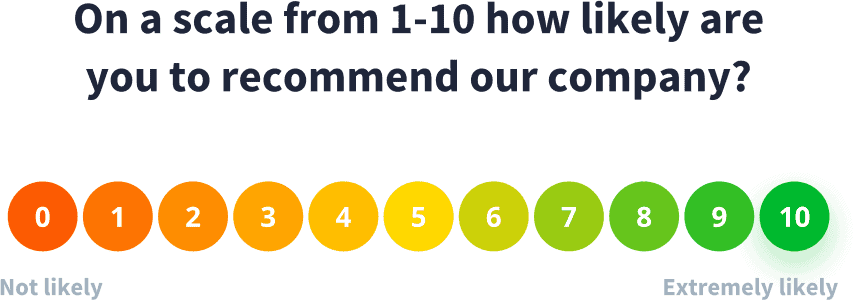
The NPS is then calculated by subtracting the percentage of Detractors from the percentage of Promoters. The formula is: NPS = % Promoters – % Detractors. This results in a score that can range from -100 (if every customer is a Detractor) to 100 (if every customer is a Promoter). NPS gives a quick glance at customer loyalty and the company’s potential for word-of-mouth marketing.
3. Customer Effort Score (CES)
This metric assesses how much effort a customer has to put in to resolve an issue, fulfil a request, or use a product. It’s a strong indicator of the seamlessness of customer interaction.

The CES is measured by asking customers to rate the ease of their experience using a statement like, “The company made it easy for me to handle my issue,” and providing a scale, typically from 1 (“strongly disagree”) to 5 (“strongly agree”).
To calculate the CES, you take the average of all responses. The formula can be as simple as: Total sum of scores / Number of responses = CES. A lower score indicates that customers are putting in more effort than desired, which can be a warning sign for businesses to streamline their processes or improve customer support.
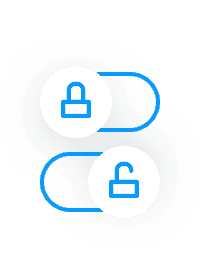
Boost Customer Experience with NPS, CSAT & CES
Get the most accurate and actionable insights into your customer satisfaction with Staffino's CX metrics. With automated surveys and effective reporting, you can quickly gain valuable insights into your customer journey.
4. Average Handle Time (AHT)
AHT is a critical metric in customer service efficiency and effectiveness. It measures the average duration taken to address and resolve a customer’s inquiry or problem. This includes the total talk time, hold time and follow-up tasks related to the customer’s issue.
While it’s essential to keep the AHT as low as possible to signify swift service, it’s equally crucial to balance it with the quality of service, ensuring that the customer’s issue is resolved satisfactorily. A lower AHT can indicate efficient service, but if too low, it may suggest rushed interactions that could negatively impact customer satisfaction.
5. Customer Retention Rate (CRR)
CRR shines a light on a company’s ability to keep its customers over a specific period.
It’s calculated by dividing the number of customers at the end of a period by the number of customers at the start, then multiplying by 100 to get a percentage. High retention rates are often indicative of a loyal customer base and effective customer retention management strategies.

This metric is vital for understanding the long-term health of the customer base, as retaining existing customers is generally more cost-effective than acquiring new ones. A strong CRR is a testament to the success of a company’s customer engagement and satisfaction efforts.

Retain Customers and Increase Profits!
Make sure your customer relationships don't slip away with Staffino's Retention Case Monitoring. This easy-to-use tool gives you the power to maximise customer retention and boost loyalty.
6. Customer Lifetime Value (CLV)
CLV predicts the total value a business can expect from a single customer account throughout their relationship. This metric is pivotal for understanding how much to invest in customer acquisition and retention.
It factors in average purchase value, purchase frequency, and customer lifespan to give a holistic view of each customer’s worth. Businesses aiming for sustainable growth pay close attention to CLV, as it helps tailor marketing efforts, optimise customer service, and improve product offerings to increase profitability. A high CLV indicates that customers are not only loyal but also likely to contribute significantly to the company’s revenue over time.
Understanding the differences and applications of these metrics, such as CSAT vs NPS, is crucial for a comprehensive CX measurement strategy. Together, these six metrics provide a comprehensive toolkit for measuring and understanding the nuances of customer experience.
How to Choose the Right Customer Experience Metrics
Selecting the right customer experience metrics for your client customers satisfaction survey involves several steps and considerations:
1. Define Your CX Goals
What does your organisation aim to achieve through CX improvement? Whether it’s increasing customer loyalty, reducing churn, or enhancing product satisfaction, your goals will guide which metrics are most relevant.

2. Understand Your Customer Journey
Different metrics may be more applicable at various stages of the customer journey. For instance, CES can be particularly useful post-purchase to measure the ease of getting support, while NPS is excellent for gauging overall brand loyalty.
3. Consider Your Industry
The relevance of certain customer experience KPIs can vary by industry. For example, in service-heavy sectors, CES might be more impactful, while in retail, CSAT could provide more direct feedback on customer satisfaction.
4. Use a Mix of Metrics
Relying on a single metric provides a limited view. A combination of NPS, CSAT, and CES, among others, in your customer satisfaction survey, can offer a more rounded understanding of customer experience.
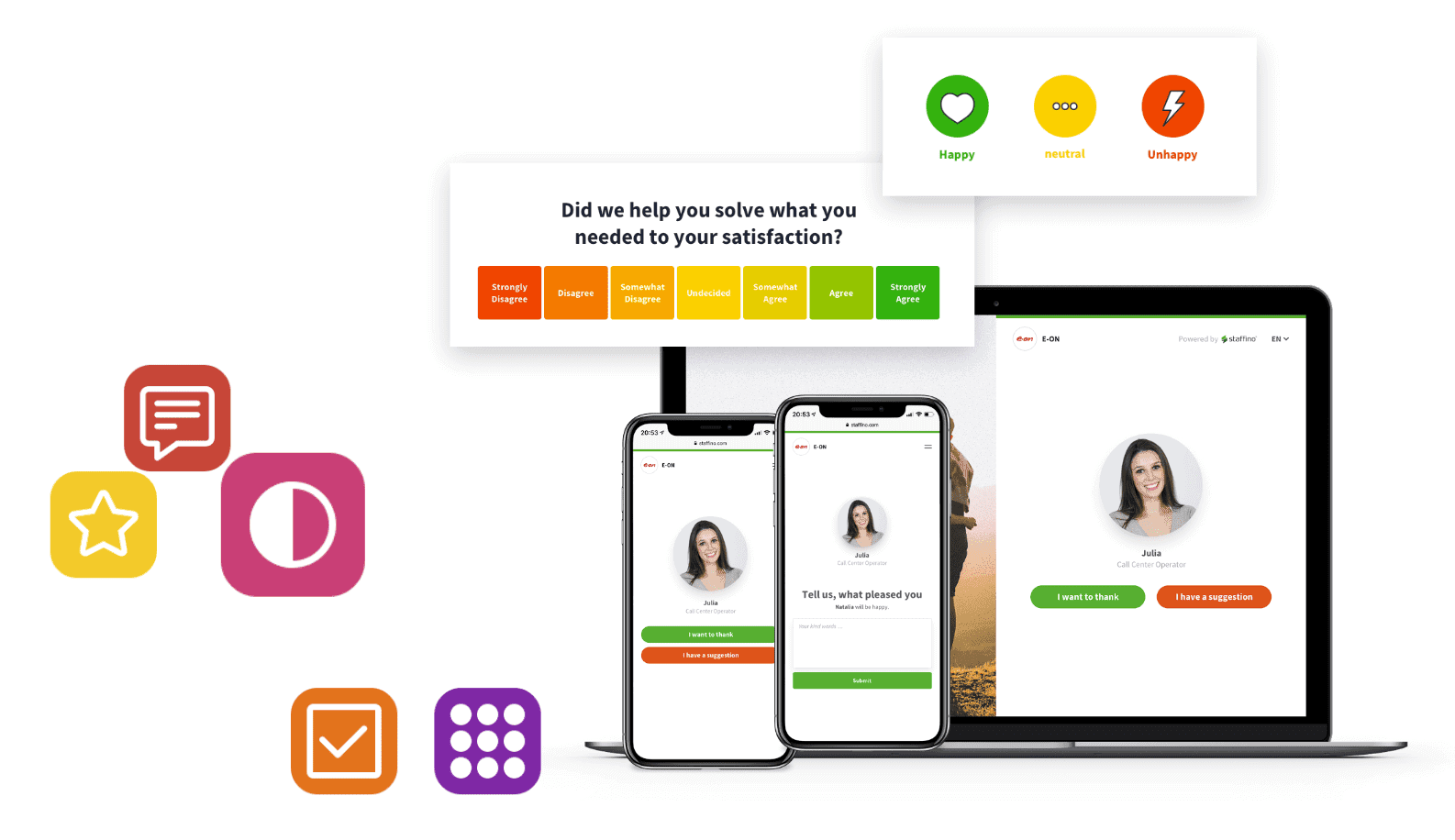
5. Leverage CX Technology
Customer experience measurement tools and customer satisfaction systems are invaluable for collecting, analysing, and acting on CX data. These tools can automate surveys, aggregate feedback, and provide actionable insights.
Implementing a Strategy for Measuring Customer Experience
With the right metrics selected, the next step is implementation. This involves designing an effective client satisfaction survey, integrating customer experience measurement tools into your customer interaction points, and establishing a continuous feedback loop to act on insights gained.
1. Designing Effective Customer Surveys
Keep your CX survey concise and focused. Whether it’s a comprehensive customer survey or a quick NPS question, the objective is to gather actionable feedback without overburdening the customer.
2. Choosing the Right CX Measurement Tools
There are numerous customer experience measurement tools available, from dedicated CX platforms to integrated customer satisfaction systems. Select tools that align with your metrics, integrate well with your existing systems and offer the analytics capabilities you need.
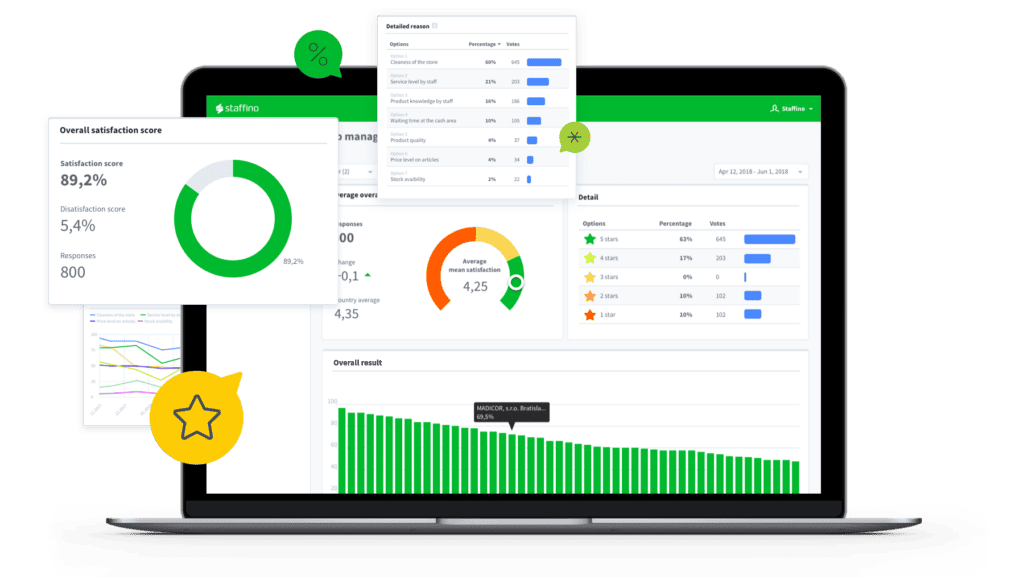
3. Acting on Feedback
Collecting data is only the first step. The real value comes from analysing this data to identify trends, strengths, and areas for improvement. Regularly review your customer experience KPIs and adjust your strategies accordingly to enhance customer experience continually.
Improve Your Business with Customer Experience Metrics Today!
Choosing the right customer experience metrics is a dynamic and critical process for any business committed to excellence in customer satisfaction and loyalty.
Staffino can not only assist you in designing customer surveys through its user-friendly online platform, but our CX consulting experts also guide you in selecting the most relevant metrics for your specific use case to guarantee the highest possible return on investment—or should we say, return on customer experience (ROCX)?
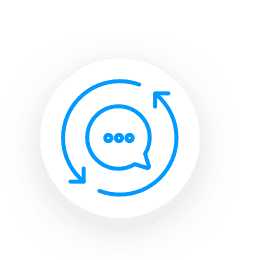
Get a First-Hand Experience Today!
Staffino is the perfect tool for creating engaging surveys, tracking performance, responding to customer feedback, and rewarding top employees. Get started today with our FREE demo!
